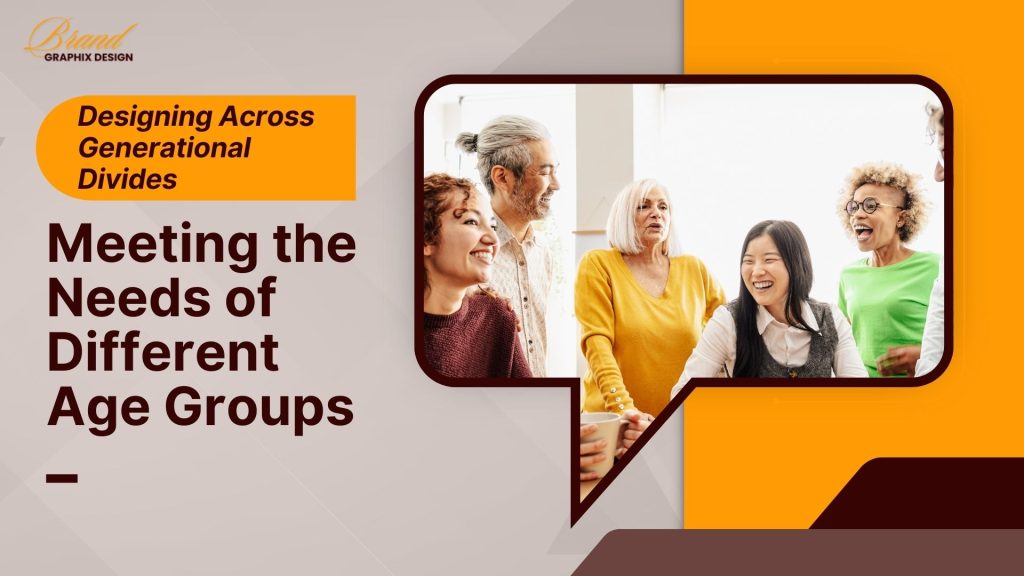Introduction In 2025, businesses must embrace innovative packaging strategies to stay competitive while keeping costs low. Effective packaging design enhances brand recognition, influences purchasing decisions, and fosters customer loyalty. Cost-effective branding through smart packaging techniques can help businesses reduce expenses without compromising aesthetics or functionality. This article explores innovative packaging design hacks that businesses can implement to optimize branding in 2025.
Minimalist Packaging for Maximum Impact Minimalist packaging is a growing trend that focuses on simplicity and efficiency. By using fewer materials and clean design elements, brands can achieve a modern look while cutting production costs. This approach enhances brand identity by emphasizing clarity and sophistication. Minimalist designs also align with sustainability efforts, as they reduce waste and promote eco-friendly packaging solutions. Companies that adopt minimalist packaging gain consumer trust by demonstrating a commitment to efficiency and environmental responsibility.
Sustainable and Recyclable Packaging Solutions Consumers are increasingly demanding environmentally friendly packaging, making sustainability a crucial factor in branding. Using biodegradable, compostable, or recyclable materials reduces waste and appeals to eco-conscious customers. Innovative alternatives, such as plant-based plastics and paper-based packaging, help businesses meet sustainability goals. Additionally, using less ink and water-based coatings minimizes environmental impact. By integrating sustainability into their packaging design, brands can enhance their reputation while saving on long-term costs.
Smart Material Selection for Cost Efficiency Selecting cost-effective materials is essential for maintaining profitability while ensuring high-quality packaging. Lightweight materials such as corrugated cardboard, molded pulp, and flexible packaging reduce production and shipping costs. Additionally, using locally sourced materials minimizes transportation expenses. Businesses should also explore alternative packaging materials that offer durability and protection at a lower cost. Strategic material choices help brands maintain budget-friendly packaging without compromising product safety or aesthetics.
Creative Use of Typography and Colors Typography and color schemes play a vital role in packaging design and branding. Using bold, simple fonts and a strategic color palette creates an eye-catching and memorable brand identity. Rather than relying on expensive printing techniques, brands can use contrast and minimalist typography to enhance visibility. Monochromatic and two-tone color schemes can reduce printing costs while maintaining aesthetic appeal. Creative design choices ensure cost-effective branding without sacrificing impact.
Multi-Functional and Reusable Packaging : Consumers appreciate packaging that serves more than one purpose. Multi-functional packaging enhances user experience while promoting sustainability. For example, reusable boxes, resealable bags, and foldable containers encourage customers to repurpose packaging, adding value to the purchase. Brands that incorporate reusable packaging gain customer loyalty and differentiate themselves from competitors. Additionally, reducing the need for excessive materials and secondary packaging contributes to overall cost savings.
Smart Packaging Technologies for Branding : Advancements in smart packaging allow brands to create interactive and cost-effective designs. QR codes, NFC chips, and augmented reality (AR) labels offer digital engagement without the need for expensive printing techniques. Customers can scan QR codes to access product information, promotions, and sustainability initiatives. Smart packaging enhances customer interaction while reducing the need for excessive text or graphics on packaging, leading to cost savings in production and design.
Eco-Friendly Inks and Printing Techniques : Traditional printing techniques can be costly and harmful to the environment. Switching to eco-friendly inks, such as soy-based or water-based inks, reduces production costs and aligns with sustainable branding efforts. Digital printing and direct-to-package printing minimize material waste and improve efficiency. These methods also allow for smaller batch production, reducing inventory costs. By optimizing printing techniques, businesses can achieve high-quality designs at a lower expense.
Custom Packaging with Scalable Solutions : Custom packaging adds a unique touch to branding but can be expensive if not managed correctly. Businesses should opt for scalable solutions that allow for easy customization without high costs. Using modular packaging designs that can accommodate multiple products within the same template helps minimize expenses. Digital printing also allows for cost-effective customization in smaller production runs. Scalable packaging solutions provide flexibility while maintaining brand consistency and affordability.
Enhancing Brand Identity Through Simple Branding Elements : A strong brand identity does not require extravagant packaging. Incorporating subtle yet effective branding elements, such as embossed logos, texture variations, and simple yet distinct design patterns, can elevate packaging without increasing costs. Brands should focus on essential design elements that reinforce brand recognition while keeping production expenses in check. By optimizing branding techniques, businesses can maintain a strong visual presence while ensuring cost-effectiveness.
The Future of Cost-Effective Packaging in 2025 : As technology and consumer preferences evolve, businesses must adapt their packaging strategies to remain competitive. The future of cost-effective branding lies in sustainable practices, smart packaging technologies, and minimalistic designs. Automation and AI-driven design tools will further streamline the packaging process, reducing costs and improving efficiency. Brands that embrace innovation and adaptability in their packaging strategies will thrive in the dynamic eCommerce landscape of 2025.
Conclusion : Cost-effective branding through innovative packaging design is essential for businesses in 2025. By leveraging minimalist designs, sustainable materials, and smart packaging technologies, brands can enhance their identity while reducing expenses. Strategic choices in typography, colors, and reusable packaging contribute to affordability and sustainability. As consumer expectations shift towards eco-conscious and functional designs, businesses that implement these packaging hacks will strengthen their market presence and drive long-term success.




